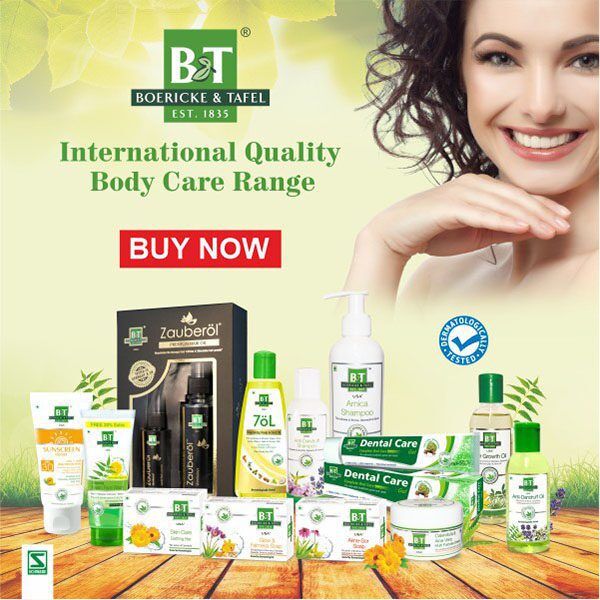
Cuts
-
-18% Out of stock
 Rated 4.43 out of 5 based on 7 customer ratings(7)
Rated 4.43 out of 5 based on 7 customer ratings(7)₹90.00₹73.80 You Save: ₹16.20 (18%)Out of Stock
Showing the single result
Cuts are one of the commonest injuries that occur in our day to day life. In most cases, they heal on their own, but rarely some injuries can take a long time to heal. They are open wounds usually caused by a sharp object. A cut often accompanies bleeding, pain, inflammation, infection, damage to tissue, etc.
Causes
A cut can be caused by various objects and due to various reasons. Injuries from blunt objects are most common in bony areas, such as elbow, knee and fingers. The usual symptoms are swelling and tissue damage. Injuries from sharp objects pierce the skin, penetrate, slice through the skin and are deeper causing damage the underlying tissue. Crush injuries are caused by both blunt and sharp objects.
Types of cuts
Shallow cuts: are the injuries which involve the superficial layers of the skin.
Deep cuts: are that which involves deeper tissues such as:
- Bite injuries from animals.
- Cuts which involve the movement of the body such as a cut affecting a joint.
- Cuts which may leave behind a scar.
- Cuts which involves all the layers of the skin.
- Cuts that have damage to underlying tissues such as nerves, tendons, or joints.
Symptoms of Cuts
- Bleeding
- Swelling
- Bruising
- Tenderness
- Tissue damage
- A deeper cut may reveal underlying tissues such as a tendon, muscle, or bone
- Fatigue
- Syncope
- Hypovolemic shock
First Aid and Management of cut injuries
- Cuts, if not major, can be safely treated at home but large deeper cuts need medical attention.
- First of all, try to stop the bleeding by applying pressure or compression.
- Wash the cut wound with water to remove the dirt and debris, and dress it with a sterile gauze or bandage.
- Keep the injured body part elevated to slow down the bleeding.
- If the bleeding does not stop immediate medical care is needed as the cut may need to be stitched and to avoid shock.
- The most important thing is to prevent any further infection as it may lead to serious problems.
- Medical care should be given in cases of development of redness, swelling, fever and infection.
- Keep the cuts clean and dry all the time by changing the bandages frequently.
- Wash the area gently with a mild soap and water, apply a topical cream and new bandage.
- Wash the hands properly before and after dressing the wounds.
Prevention
- Make the furniture and doors childproof by covering the corners and edges with soft pads of clothes or cottons.
- Keep the sharp objects away from the children.
- Be careful while cutting with sharp knives.
Homeopathic medicines for Cuts
Calendula: It is the best homeopathic medicine for cuts, injuries, open wounds, bruises, ruptured muscles and tendons. It is indicated for raw, open and inflamed wounds with fever. It is very effective for treating cuts and scrapes as an external application. Clean cuts with little or no infection. It is used to fasten the healing process and prevent infections.
Staphysagria: It is a very useful remedy for cuts, incisions, lacerations and stab wounds that are slow to heal. It helps to treat lacerations and extremely painful wounds.
Phosphorus: It is indicated for wounds which bleed profusely, heals and then break open and bleed again. Profuse bleeding with bright red blood.
Hypericum: It is one of the best remedies for injuries which involve tissue damage and nerve damage. Shooting pain with numbness and tingling. For injuries such as crushed finger,puncture wounds, injury from a doornail, etc. Infected wounds, bruises and deep cuts with shooting or cutting pain.
Bellis perennis: It is one of the best homeopathic medicines for injuries or cuts to deeper tissues. Bruises and sprains. Feeling of stiffness or coldness in the injured area.
Calcarea phosphorica: It is useful in treating useful bruises, slow-healing fractures and injuries involving bones. Pain and soreness of the muscles.
Ledum palustre: It is indicated for injuries, cuts or wounds from blunt and pointed objects. Painful puncture wound with sharp object or painful injections. It helps to remove the pus and prevent infections.
Arnica montana: It is very effective to treat many kinds of injuries with contusions and deep seated bruises. It helps to reduce the swelling and promote the healing. It should never be used externally on an open wound or a cut. It is indicated for injuries with pain, bruising and swelling.
Phytolacca berry: It is indicated for wounds and injuries with tendency to ulceration. It is useful in cases of injuries with soreness and bruises.
Some of the best homeopathic products available in the market to treat cuts and wounds are Schwabe India’s Topi Arnica Cream, Graphites LM, Kreosotum LM, Acidum sulphurosum MT, Ammi visnaga MT, Calendula officinalis MT, Cynodon dactylon MT, Eupatorium perfoliatum MT, Foeniculum vulgare MT, Hamamelis virginica MT, Hypericum perforatum MT, Lycopus europaeus MT, B&T Calendula & Aloe Vera multipurpose cream and Topi Heal Cream, etc.
Blog Post


Effects of Diabetes, Smoking, and Other Factors on Sexual Health


Plant-based Protein vs. Animal Protein: Which is Better for Your Health?




























